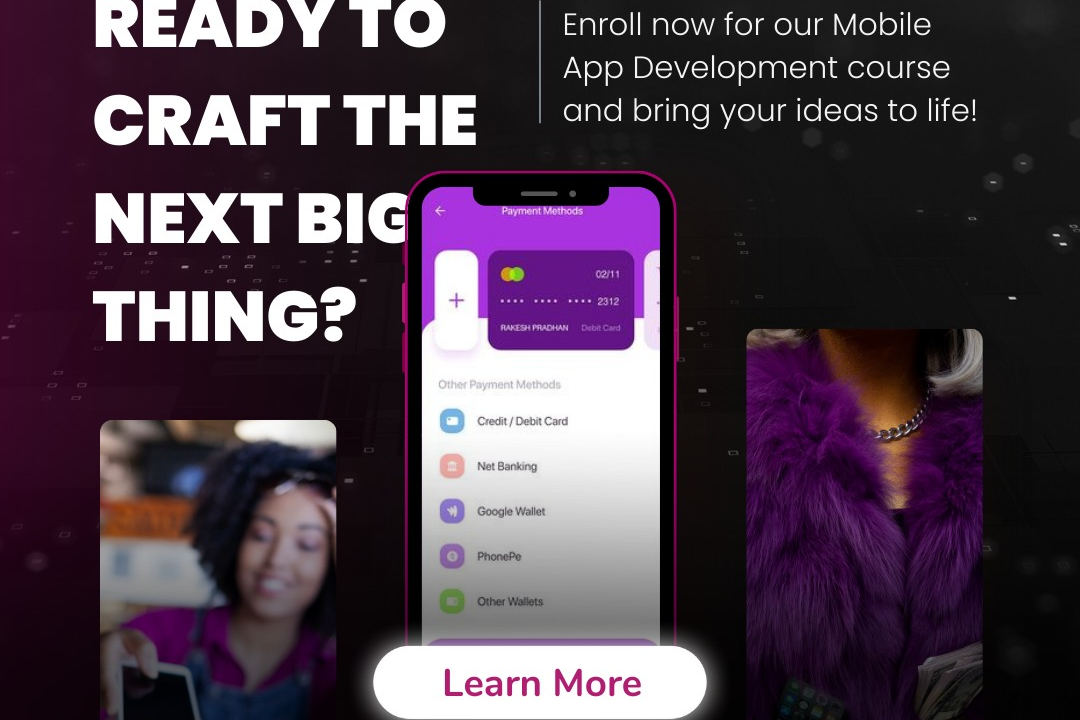Java for Microservices communication protocols
Effective Java: Exploring Communication Protocols for Microservices
Java for Microservices communication protocols
In Java microservices architecture, various communication protocols are employed to facilitate interaction between distributed services, enhancing modularity and scalability. The most common protocols include REST, which utilizes HTTP for stateless communication and is commonly implemented using Spring Boot; gRPC, a high-performance RPC framework that leverages Protocol Buffers for efficient serialization and supports bi-directional streaming; and messaging protocols like AMQP (used with RabbitMQ) and Kafka for asynchronous communication and event-driven architectures. These protocols enable services to communicate effectively, providing options for synchronous and asynchronous communication patterns, thus allowing developers to choose the most suitable method based on their application requirements and performance criteria.
To Download Our Brochure: https://www.justacademy.co/download-brochure-for-free
Message us for more information: +91 9987184296
1 - Introduction to Microservices Architecture: Understand the fundamentals of microservices architecture and how it contrasts with monolithic architecture. Learn why microservices are beneficial for building scalable applications.
2) What are Communication Protocols?: Explore the role of communication protocols in microservices, providing an overview of how services interact with each other over a network.
3) REST (Representational State Transfer): Get to know REST, its principles, HTTP methods (GET, POST, PUT, DELETE), and how it’s commonly used for communication between microservices using JSON.
4) SOAP (Simple Object Access Protocol): Learn about SOAP as a protocol for exchanging structured information in web services, including the use of XML and WSDL (Web Services Description Language).
5) gRPC (Google Remote Procedure Call): Understand gRPC as a high performance, open source framework for RPC (Remote Procedure Call) that uses Protocol Buffers for efficient serialization.
6) GraphQL: Explore GraphQL as an alternative to REST for API design, allowing clients to request exactly the data they need and nothing more.
7) Message Brokers (e.g., RabbitMQ, Kafka): Learn about asynchronous communication patterns using message brokers, focusing on how they facilitate communication through message queues.
8) Service Registry and Discovery: Discuss patterns for service discovery, including client side and server side discovery, and how tools like Eureka and Consul are used.
9) Circuit Breaker Pattern: Understand the circuit breaker design pattern’s significance in microservices communication for handling failures and improving resiliency.
10) API Gateway Patterns: Explore the role of an API Gateway in microservices communication, managing requests and routing them to the appropriate services.
11) Load Balancing Strategies: Learn about different load balancing techniques for distributing incoming network traffic across multiple servers, ensuring availability and responsiveness.
12) Security Protocols (OAuth2, JWT): Discuss security concerns and how to use OAuth2 and JSON Web Tokens (JWT) for secure communication in microservices.
13) Data Consistency Approaches: Understand different strategies for managing data consistency across microservices, including eventual consistency and the Saga pattern.
14) Event Driven Architecture: Get familiar with event driven communication models and how they can decouple services through the use of events and event sourcing.
15) Testing Microservices Communication: Learn about strategies and frameworks for testing the communication between microservices, including unit tests, integration tests, and service virtualization.
16) Monitoring and Observability: Discuss the importance of monitoring and observability in microservices communication, touching on tools like Prometheus, Grafana, and distributed tracing.
17) Real World Use Cases: Review real world examples and case studies of Java based microservices communication patterns in action to understand practical applications.
18) Hands On Projects: Engage in hands on projects to build microservices using various communication protocols and frameworks, reinforcing learned concepts through practical application.
This comprehensive curriculum provides an in depth exploration of the various communication protocols used in Java microservices, equipping students with the necessary knowledge and skills.
Browse our course links : https://www.justacademy.co/all-courses
To Join our FREE DEMO Session: Click Here
Contact Us for more info:
- Message us on Whatsapp: +91 9987184296
- Email id: info@justacademy.co












